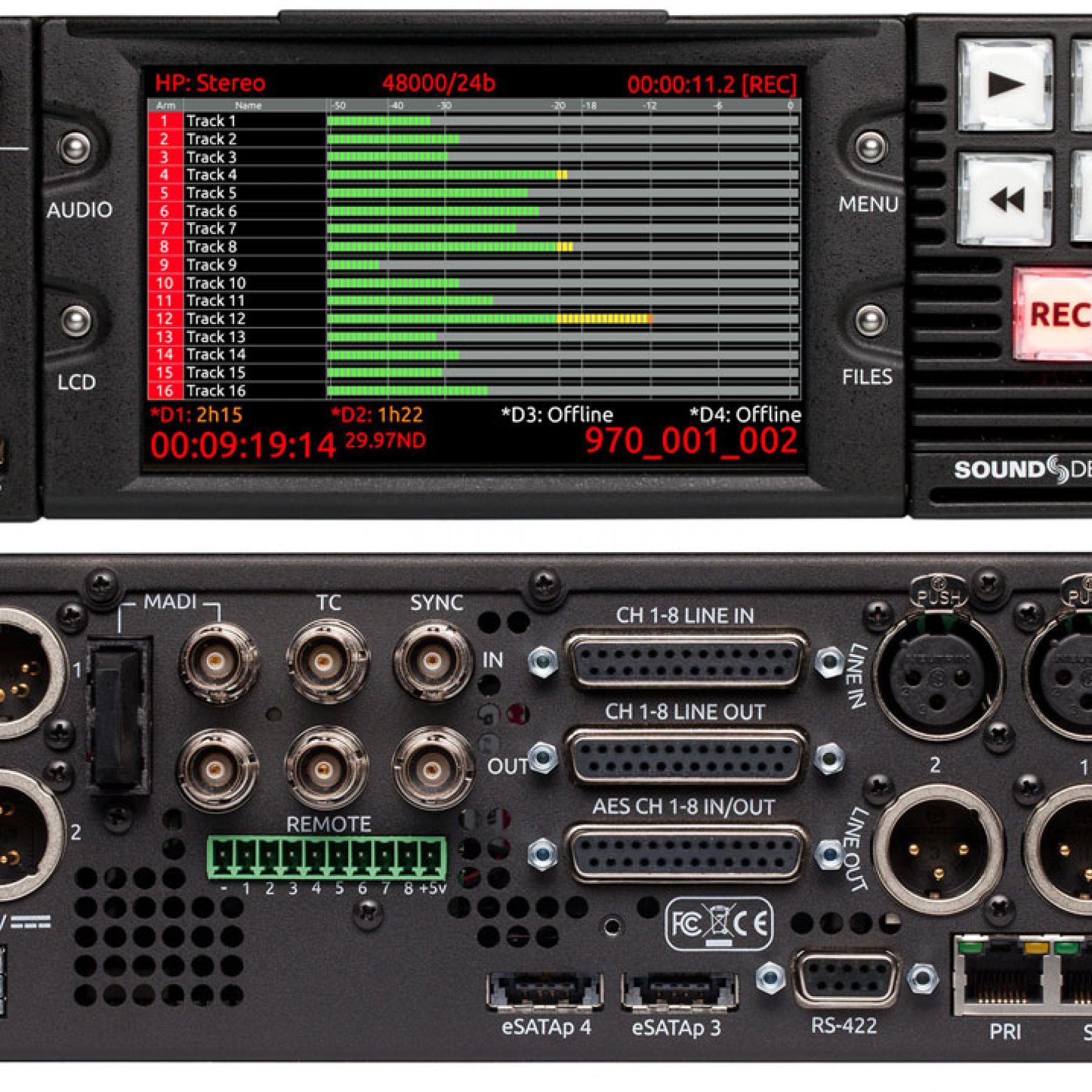

Hence the application dynamic range is set to 70 dB. In the case of TV, we measured a 100 dB SPL maximum TV volume received at the built-in microphone and use the acoustic upper limit and 30 dB SPL (a quiet bed room at night) as the lower limit.

Total Harmonic Distortion: a measurement of non-linearity of the of sensor accounting for unwanted harmonics. Note: sensor output becomes more nonlinear at as the input level reaching to its max, and this non-linearity causes distortion that is characterized as total harmonic distortion (THD).Linearity: a measurement of deviation between sensor input to output linear relationship. Notes: resolution provides information about the minimal distance between two measurements.Resolution: ADC conversion capability represented bits. (i.e the minimal detectable signal will be the same EIN value found on datasheet regardless of test conditions such as in vacuum). Notes: One needs to understand that this noise is not depend on the acoustic environment.Note: self-noise of a microphone is usually expressed as equivalent input noise (EIN) on the datasheet.Īcoustic overload point: it is the the defined as the input pressure level that produces 10% THD with 1 kHz test tone, which is usually corresponding to the clipping point of sensor output, and it's an effect nonlinearity.Įquivalent input noise (EIN) : It is the inherent electronic noise associated with microphone circuit.SNR: Signal to noise ratio of a microphone (SNR) is the difference between 94 dB SPL to noisefloor/self-nose of the sensor. Sensitivity: It's the sensor output expressed in dBFS when sensor input is excited at 94 dB SPL. It's maximum value is 0 dBFS.ĭynamic range: difference between upper and lower limits of sensor input expressed in decibels (dB).įrequency response: Measured amplitude vs. You will be able to capture audio on Android 10 and above.DB SPL: sound pressure level (SPL) is the analog representation of acoustic loudness for senor input.ĭB FS: full scale is the digital representation of acoustic loudness for sensor output. Streaming Audio during a Live Session (coming soon) Using Audio Capture on Android Your audio recording will be captured and be part of the video recording on the Test Results page. Now you can start your live or automated testing session. Click the link below that corresponds to your framework: For Automated Testing only: add the audioCapture capability to your test script.

Under Default Settings, toggle Instrumentation and App/OS Audio to enable the feature.After you’ve uploaded your app, return to the Live > Mobile App page, hover your mouse over your app, and then select Settings.Upload your mobile app to Sauce Labs through the UI or CLI.On Sauce Labs, click Live > Mobile App.A native Android, iOS, or iPadOS mobile app.A Sauce Labs account ( Log in or sign up for a free trial license).With this feature, the audio is recorded on our side and merged with the video recording, which you can access in your Test Results. Audio Capture is a functionality that gives you the ability to record the audio stream generated by your native mobile app (Android or iOS/iPadOS) during a live or automated real device test.


 0 kommentar(er)
0 kommentar(er)
